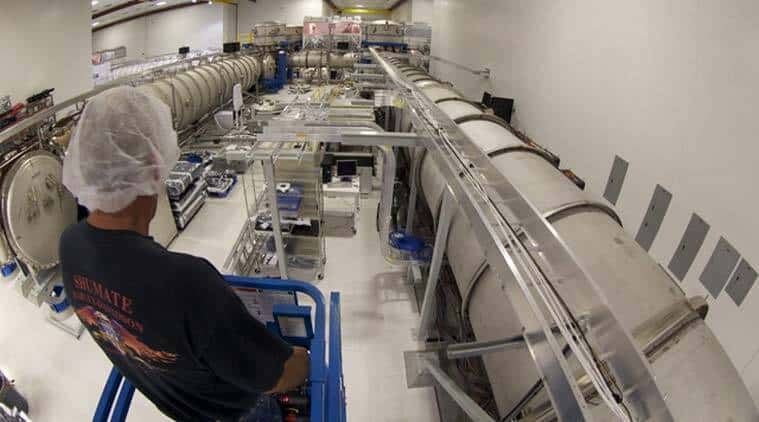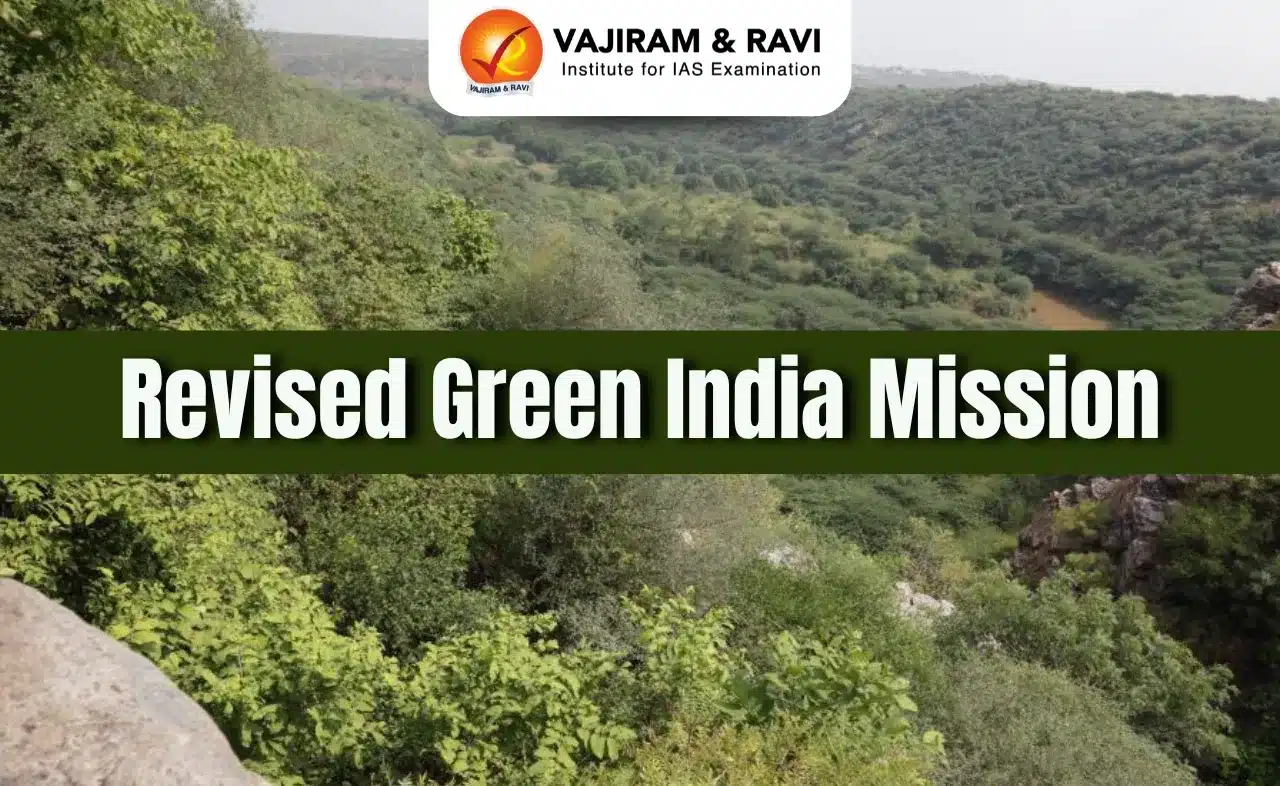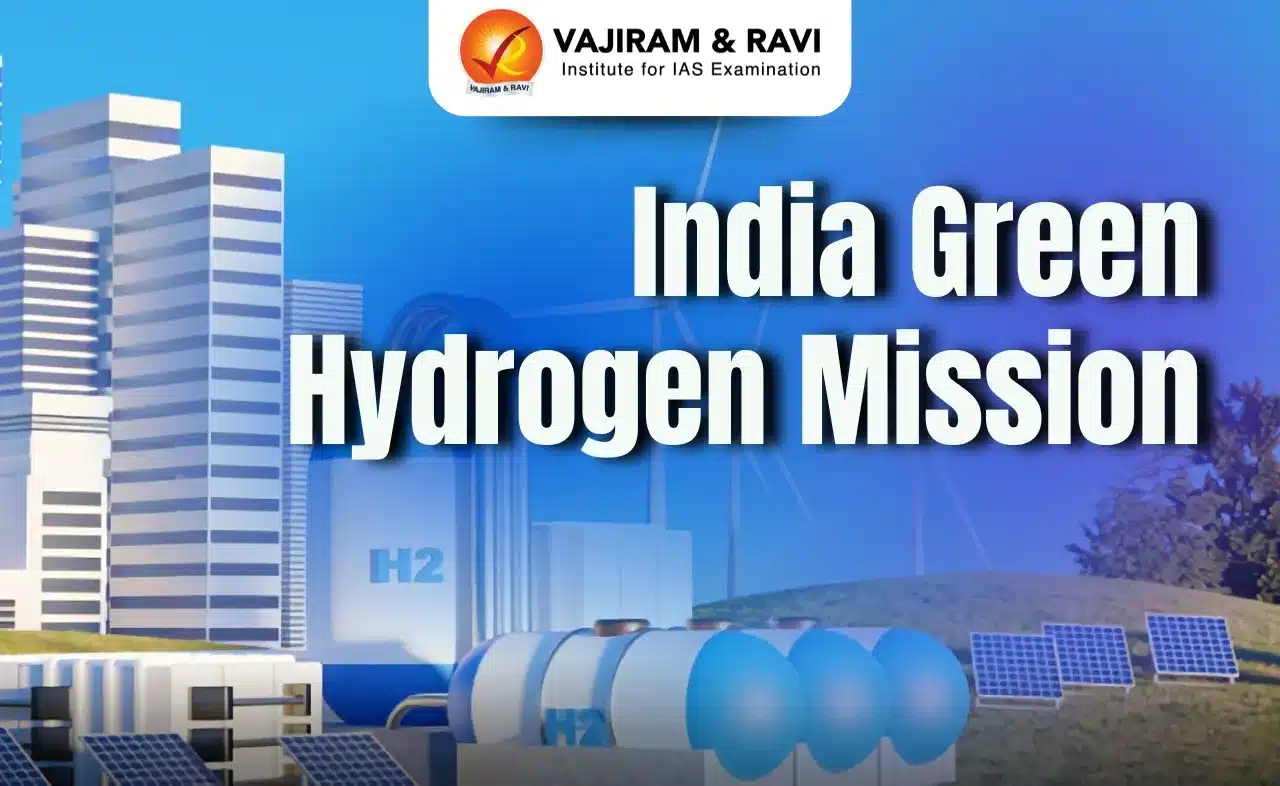What’s in today’s article?
- Why in News?
- What is LIGO?
- Historical Background on LIGO
- Introduction of LIGO
- What is LIGO-Virgo?
- About LIGO India Project
- LIGO KAGRA
Why in News?
- The Central government has given the final go-ahead to India’s Laser Interferometer Gravitational-wave Observatory, or LIGO project.
What is LIGO?
- LIGO stands for “Laser Interferometer Gravitational-wave Observatory”.
- It is an international network of laboratories that detect the ripples in spacetime produced by the movement of large celestial objects like stars and planets.
- LIGO consists of two widely-separated interferometers within the United States—one in Hanford, Washington and the other in Livingston, Louisiana—operated in unison to detect gravitational waves.
- Such signals come from massive objects in the universe, such as black holes and neutron stars, and provide astronomers with an entirely new window to observe cosmic phenomena.
Historical Background on LIGO
- LIGO’s underlying mechanisms rely on the work of the famous physicist Albert Einstein.
- Einstein in his Theory of Relativity predicted the existence of gravitational waves, analogous to electromagnetic waves, more than a century ago.
- Einstein believed that such waves were too weak to ever be feasibly detected.
- Beginning in the 1960s and 70s, the researchers-built prototype gravitational wave detectors using free-hanging mirrors that bounced a laser between them.
- If a gravitational wave passed through the apparatus, it would wiggle the fabric of space-time and cause the mirrors to move ever so slightly.
- This device, known as an Interferometer, is still the basic unit inside today’s gravitational wave detectors.
- Though those early models didn’t have the sensitivity necessary to capture a gravitational wave signal, progress continued for several decades.
Introduction of LIGO
Image Caption: LIGO Observatories
- In 1990, the US-based National Science Foundation approved the assembly of two LIGO detectors; one in Hanford, Washington and another in Livingston, Louisiana.
- Construction of both detectors was completed in 1999 and the search for gravitational waves began a few years later.
- For more than a decade, the detectors continued to come up empty, as physicists learned how to handle the highly sensitive instruments and all the things that could go wrong.
- LIGO was completely redesigned for greater sensitivity between 2010 and 2014. The hard work paid off.
- Within days of the instruments being turned on in September 2015, the observatory began picking up the signature of its first gravitational waves.
- LIGO had detected the collision of two black holes 29 and 36 times more massive than the sun, respectively, that occurred nearly 1.3 billion years ago.
What is LIGO-Virgo?
- Apart from the two Interferometers based in the US, there is a third interferometer as well.
- It is located in Santo Stefano, Italy and known as LIGO-Virgo.
- Working in collaboration, the three facilities help confirm that any signal one facility picks up is a true gravitational wave detection and not random noise.
- In January 2020, LIGO-Virgo detected a collision between a black hole and a neutron star.
- Researchers have created some of the quietest spots in the world around the gravitational wave detectors, slowing down nearby traffic, monitoring every tiny tremor in the ground, and even suspending the detection equipment from a pendulum system that minimizes vibrations.
About LIGO India Project
- LIGO-India received the Central government’s in-principal approval in February 2016.
- Since then, the project reached several milestones towards selecting and acquiring a site and building the observatory.
- LIGO-India will be located in Hingoli district of Maharashtra, about 450 km east of Mumbai, and is scheduled to begin scientific runs from 2030.
- The project will be built by the Department of Atomic Energy (DAE) and the Department of Science and Technology (DST), Government of India, with a Memorandum of Understanding (MoU) with the National Science Foundation (NSF), USA.
- Recently, the Union Cabinet gave the final approval and cleared the Rs 2,600-crore project to construct and set up the facility in Hingoli, Maharashtra.
LIGO KAGRA
- KAGRA is a gravitational wave detector, located underground in Gifu Prefecture, Japan.
- It is Asia’s first gravitational wave observatory.
Q1) What is the meaning of Black Hole?
A black hole is a region of spacetime where gravity is so strong that nothing, including light or other electromagnetic waves, has enough energy to escape its event horizon.
Q2) What do gravitational waves explain?
Gravitational waves are ripples in spacetime. When objects move, the curvature of spacetime changes and these changes move outwards (like ripples on a pond) as gravitational waves. A gravitational wave is a stretch and squash of space and so can be found by measuring the change in length between two objects.
Source: What is LIGO-India, the Indian node in the global network of labs to probe the universe | ToI
Last updated on June, 2025
→ UPSC Notification 2025 was released on 22nd January 2025.
→ UPSC Prelims Result 2025 is out now for the CSE held on 25 May 2025.
→ UPSC Prelims Question Paper 2025 and Unofficial Prelims Answer Key 2025 are available now.
→ UPSC Calendar 2026 is released on 15th May, 2025.
→ The UPSC Vacancy 2025 were released 1129, out of which 979 were for UPSC CSE and remaining 150 are for UPSC IFoS.
→ UPSC Mains 2025 will be conducted on 22nd August 2025.
→ UPSC Prelims 2026 will be conducted on 24th May, 2026 & UPSC Mains 2026 will be conducted on 21st August 2026.
→ The UPSC Selection Process is of 3 stages-Prelims, Mains and Interview.
→ UPSC Result 2024 is released with latest UPSC Marksheet 2024. Check Now!
→ UPSC Toppers List 2024 is released now. Shakti Dubey is UPSC AIR 1 2024 Topper.
→ Also check Best IAS Coaching in Delhi
























